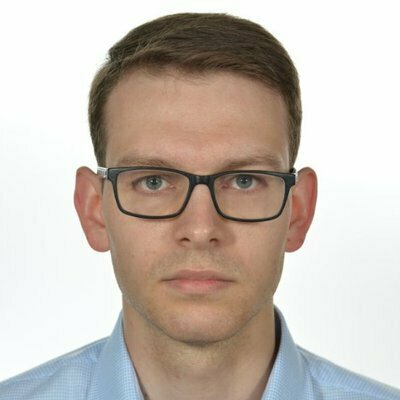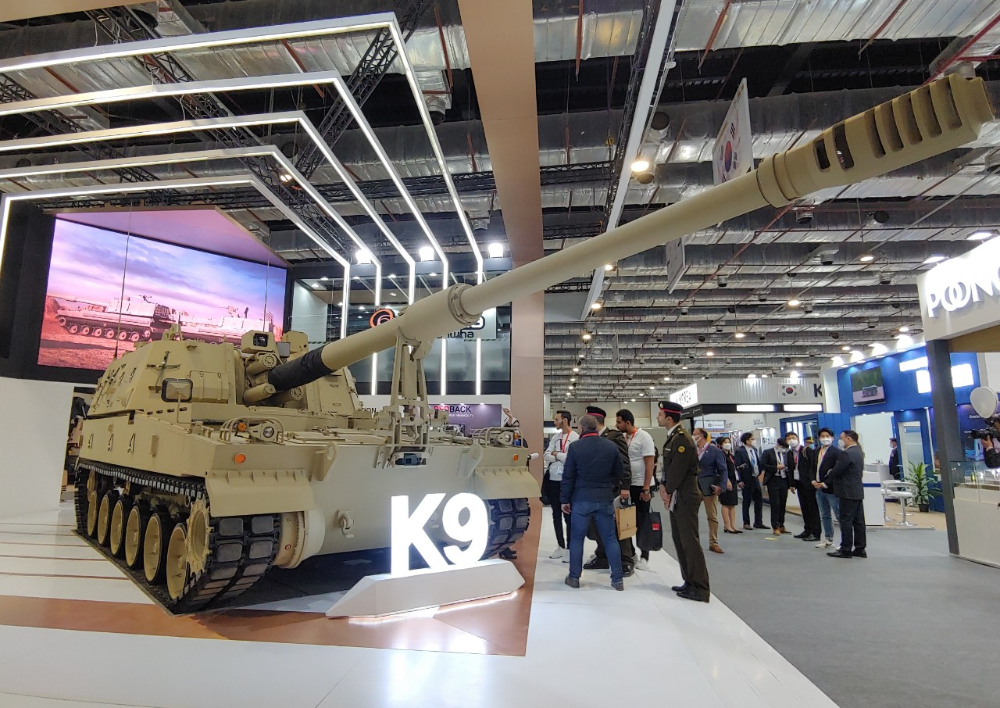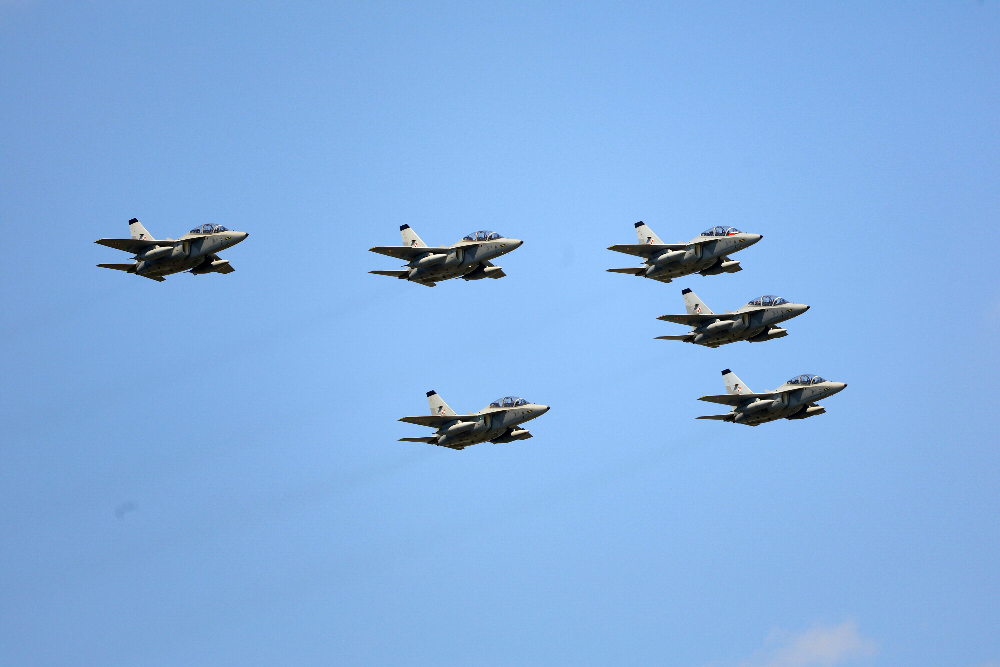
- #Europe
- #Security & Defense
- #South Korea

Key Takeaways:
- While swift deliveries of K2 tanks and K9 howitzers successfully opened the European market for South Korea, the resulting $10 billion trade deficit has shifted Poland's focus toward demanding technology transfers and local manufacturing capacities (e.g., K2PL and Homar-K).
- South Korea faces headwinds from the EU's initiative to strengthen its internal defense industrial base; to maintain market access, Seoul must rely on joint ventures and Poland's advocacy within the EU to participate in exclusive frameworks like the SAFE initiative.
- The long-term partnership is strained by Seoul's ambiguous stance on Russia, which contrasts sharply with Poland's security priorities, and requires a broader economic approach, such as importing Polish food products, to balance the relationship.
In recent years, South Korea has greatly benefited from arms exports to Poland. To maintain this momentum, the Republic of Korea needs to adapt to the evolving European defence market and pursue a partnership-based approach that considers Poland’s interests more broadly.
Massive Deals, Fast Deliveries
Contracts concluded over the last three years for the provision of military equipment to Poland have enabled the Republic of Korea (ROK) to achieve unprecedented arms export results and make a robust entry into the European market. Following Russia’s invasion of Ukraine in 2022, South Korea seized the opportunity to fulfil Poland’s increasing demand for arms by swiftly delivering substantial quantities of military equipment. In mid-November 2025, the final batch of 20 out of 180 K2GF tanks, ordered in 2022, arrived in Poland. Additionally, Poland has received 204 out of 218 K9A1 self-propelled howitzers (with 146 in the K9PL configuration to be delivered by 2027), 174 out of 290 K239 Chunmoo rocket launcher modules, and 12 FA-50GF aircraft (with 36 in the FA-50PL configuration to be delivered by 2028).
The large-scale purchase of arms has made defence issues one of the most important dimensions of the Polish-South Korean strategic partnership, established in 2013. However, multi-billion dollar deals — worth over $23 billion to date — have also exacerbated the structural imbalance in Poland’s trade with South Korea. According to data from Statistics Poland, Poland’s trade deficit with the ROK has grown from $6.84 billion in 2021 to $10.14 billion in 2024.
The Need for Industrial Cooperation
Poland’s purchase of equipment from South Korea was
intended as the first step in establishing long-term, mutually beneficial
cooperation between their respective defence industries. This is crucial for
Poland’s security, as unfettered access to the necessary technology and
infrastructure is required to keep its armed forces prepared for any escalation
of the crisis or conflict with Russia. From the outset, Poland has been keen to
ensure the transfer of technology, at the very least, to produce ammunition,
components, and spare parts for the weapon systems procured from South Korea. Ideally,
the imported equipment would not only be maintained, overhauled and repaired,
but also manufactured in Polish defence industry plants using components
developed by Polish companies. From this perspective, cooperation with the ROK
is viewed as a potential catalyst for growth in the Polish industry.
Poland and South Korea have already taken significant steps towards establishing defence industrial cooperation. The 2024 contract for the delivery of 72 K239 Chunmoo (known in Poland as the Homar-K), scheduled for 2026–29, stipulates that 60 of these launchers will be manufactured in Poland. In addition, Hanwha Aerospace and the Polish WB Group signed an agreement in 2024 to set up a joint venture in Poland to manufacture CGR-080 guided missiles with an 80 km range and develop next-generation ammunition. Progress has also been made in the area of tanks. Under the terms of the 2025 deal, 116 K2GF are set to be delivered in 2026–27, with production taking place in South Korea. Meanwhile, 61 of the 64 K2PL variants are set to be manufactured at the Bumar-Łabędy plant in Gliwice, Poland in 2028–30 (with Hyundai Rotem constructing the first three K2PL units). The technology transfer involves establishing production capacity for final assembly and acquiring tank maintenance and operation capabilities within the Polish companies. The aim is to create industrial potential in Poland that would enable further executive agreements for K2 tanks to be implemented. The 2024 contract for the sale of a small batch of Polish Warmate 3 loitering munition drones, manufactured by the WB Group, to the ROK also demonstrates the potential of Polish arms contractors to succeed in the South Korean market.
New Conditions on the European Market
South Korea’s defence industry is facing significant challenges in expanding into the European market due to a consensus among EU countries to strengthen the European defence technological and industrial base. The new EU defence agenda has been invigorated by both the military threat from Russia and the rise of isolationist tendencies in U.S. foreign policy. Strong competition from the ROK has also impacted many European arms companies. Numerous financial initiatives, such as SAFE, aim to bolster the military capabilities of EU member states and establish a single defence market. These initiatives are intended mainly to support contracts carried out by European companies, while also allowing for cooperation with third countries. A prerequisite for participation is the conclusion of a security and defence partnership agreement with the EU, which South Korea did in 2024. However, participation in SAFE will depend on separate negotiations. While South Korea has expressed interest, thus far, only Canada and the United Kingdom have been negotiating with the EU on this matter.
Changes to EU defence industrial policy suggest that developing manufacturing capacity in Europe is essential for future cooperation between member states and third countries. This aligns with Poland’s policy of strengthening its defence industry through collaboration with partners such as South Korea. The aim is to facilitate technology transfer and attract investment by setting up joint ventures and relocating production to Polish facilities. During negotiations on the EU’s defence agenda, Poland — whose opinion matters given its substantial military expenditure — was one of the countries that most strongly advocated cooperation with third countries, including South Korea.
South Korea’s Ambiguous Policy towards Russia
There is no doubt that Poland has been purchasing arms from South Korea to strengthen its defence and deterrence capabilities against Russia. For this reason, South Korea’s stance on Russia and Ukraine has become as important as its production, technological, and logistical capabilities. However, since Russia’s invasion of Ukraine began, South Korea’s position has been ambiguous, particularly with regard to its reluctance to supply Kyiv with lethal weapons. The Lee Jae-myung administration has upheld this stance and seems inclined to pursue political and economic rapprochement with Russia, which is still considered one of the ‘four major countries’ in ROK’s foreign policy. Furthermore, Lee’s absence from the NATO summit in The Hague has cast doubt on South Korea’s commitment to security cooperation with the Alliance.
Understandably, South Korea’s view of Russia differs from Poland’s. Nevertheless, Seoul needs to recognise that its approach to Russia is inextricably linked to its cooperation with Central European countries, which have become more attractive and prospective trade and investment partners for the ROK in recent years than Russia. The EU is also keen to deepen defence industry cooperation with countries that share its position on Russia and support Ukraine, such as Canada and the UK.
Next Steps to Strengthen the Partnership
Over the past three years, Poland and South Korea have opened a new chapter in their strategic partnership. However, there are still several things that need to be done to further develop this relationship.
Firstly, regular political, military, business and expert dialogue is necessary in order to ensure unwavering cooperation, regardless of political changes in either country or changing international conditions. Both countries must be prepared for an ongoing process of building mutual understanding, through which both sides can learn about each other’s expectations, concerns and ideas. While differences in threat perception are understandable, a strategic partnership requires an effort to consider the partner’s point of view.
Secondly, if South Korea understands the nature of the changes taking place in the EU and the individual interests of its member states, it can contribute to the development of the Polish defence industry. As Poland has expressed support for closer cooperation with South Korea also at the EU level, Seoul should take Warsaw’s expectations seriously.
Thirdly, alongside developing cooperation in the defence industry, Poland also aims to foster partnership with South Korea in other areas. For instance, recognising that security encompasses more than just defence issues, Poland is willing to increase its exports of high-quality food to South Korea, thereby contributing to its food security. Seoul’s willingness to import a wider range of Polish products would strengthen the strategic partnership and pave the way for expansion into other areas.

Oskar Pietrewicz is a Senior Analyst of the Asia-Pacific Programme at the Polish Institute of International Affairs (PISM) in Warsaw. He holds a PhD in political science from the University of Warsaw. His research focuses on security issues in Northeast Asia, the foreign and security policies of North and South Korea, and the foreign policies of the United States and China towards the Korean Peninsula. He has participated in Track 1.5 and Track 2 dialogues with North and South Korea. He also advises the Polish public institutions on matters pertaining to the Korean Peninsula.

